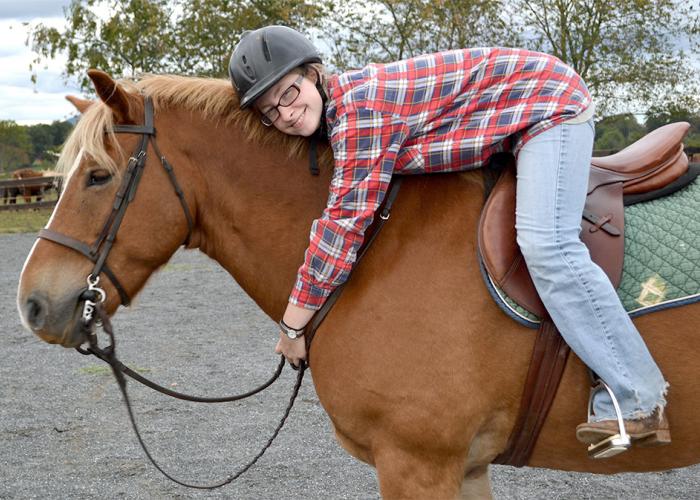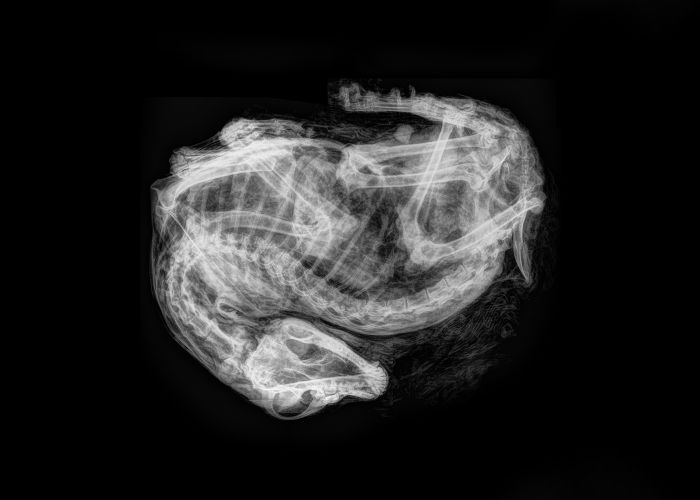On target
A focused approach to TNR yields more effective population control
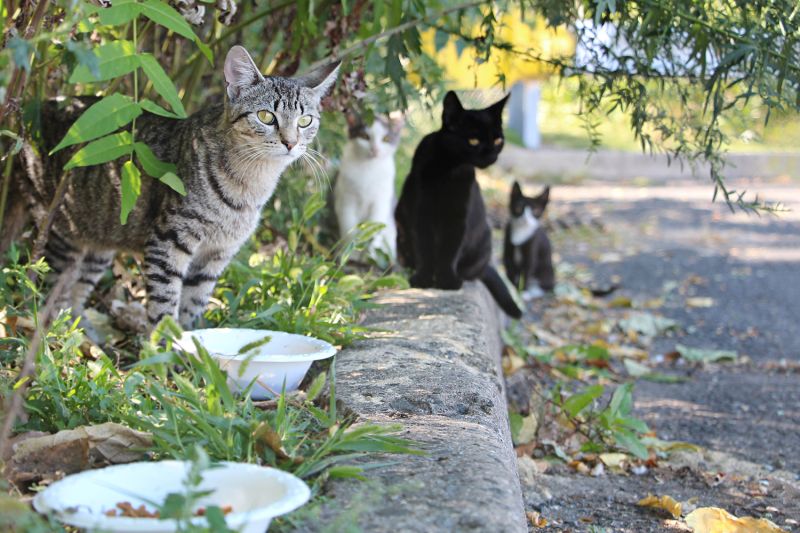
It’s typical for seaside Newburyport, Mass., to be crowded with tourists, but in 1994, it was also teeming with cats. An estimated 300 free-roaming felines inhabited the town, and when winter came, they would take refuge in the fishing community’s many boats, leaving litter and litters (of kittens) in their wake.
It wasn’t the first time Newburyport had found itself crawling with cats. Several years before, the community attempted a trap-remove-euthanize program, but in addition to being unpopular with the residents, it was ineffective. Within two years, the cat numbers were back up, and town officials were deluged with calls from residents and tourists complaining about diseased and injured felines.
“Folks wanted cats down there, but they didn’t want as many as they had, and they didn’t want them trashing the boats,” says Stacy LeBaron, former president and executive director of the Merrimack River Feline Rescue Society. It was time to try something else.
The president of the local chamber of commerce met with LeBaron and representatives from animal control, who decided to try trap-neuter-return (TNR). The rescue society trained volunteers and secured support from two local veterinarians for spay/neuter and other medical services. Then they went to work trapping and altering cats, providing other basic medical care as needed, and returning them to their colonies. Finally, they set up 14 local feeding stations around town and let the locals know who to call when they saw a cat issue.
And it worked. By 1998, the waterfront colonies were stabilized and the final elusive cat (aptly named Witch) was caught and altered. The last of the waterfront cats passed away in 2008.
Without realizing it, the Merrimack River Feline Society was building a proof-of-concept for a strategy they had never heard of—targeted TNR.
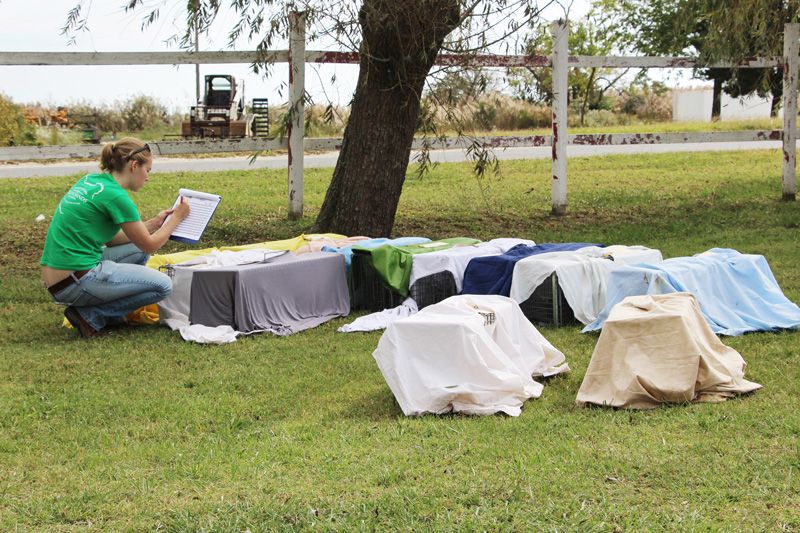
Narrowing focus
Targeted TNR focuses on maximum saturation of an area, whether it’s a city block, neighborhood or entire ZIP code.
Danielle Bays, community cats program manager for The HSUS, says that too many organizations adopt a scattershot approach to TNR: altering whichever cats volunteers are able to catch regardless of where they come from, or simply responding to calls for help without much attention to geographic area. While this reactivity may satisfy callers and improve the lives of the individual cats who are sterilized, it tends to have little impact on outdoor cat numbers in the long term.
“Really,” says Bays, “the big part of targeting that’s going to make it effective is being proactive. … It’s outreach to people in the community, walking around the neighborhood, trying to identify where the cats are, where the feeders are, and then getting all those cats in to be sterilized.” Neighborhood residents become “your eyes and ears, who will let you know if you missed any cats or if new ones show up,” she adds. And by knocking on doors and meeting people, TNR advocates can enlist residents to help with trapping, feeding and monitoring the cats.
Another key component of targeted TNR is selecting an appropriate target size.
“We really try to encourage groups to streamline their focus and pick a targeted area where they know that they have enough resources to be able to reach as close to 100-percent sterilization as they can possibly get, and to not leave a colony or an area until they’re confident that they have reached that really high level of sterilization,” says Katie Lisnik, director of cat protection and policy for The HSUS.
Bays can attest to the importance of appropriate target size. While working at the Washington Humane Society in Washington, D.C., Bays was part of a targeted TNR effort where the initial target simply wasn’t small enough. “What we would find was we’d go through an area and we’d trap all these cats and we’d think that we’d done a good job. Then six months later we’d see litters of kittens coming in from those same areas where we’d trapped because we didn’t connect with a particular feeder, so we might have missed them, or they didn’t contact us about kittens or new cats that had shown up.” The team members reevaluated and decided to narrow their focus to a neighborhood where they could have a regular presence, and that’s when things finally started to stabilize.
Targeted TNR starts with data analysis and determining where to apply funding based on the largest impact that can be made in a single area. “It’s true in almost any area of human endeavor that the problem in any one moment is greater than the amount of resources that are available to address it,” says Bryan Kortis, national programs director for Neighborhood Cats, a nonprofit based in New York City. “The way you [make progress] is to not try to address the whole problem at once, but to successfully address a piece at a time.”
According to Kortis, there are two levels of targeting: colony and community. Cats tend to live in groups, so when you’re targeting a colony, the idea is to get them all altered—rather than half of one colony and half of another—until you’re as close to 100 percent as possible. At the community level, you stay in a geographic area until you’ve altered as many of the colonies as possible.
“That’s where the beauty of targeting comes in,” says Kortis. If funding becomes available to alter 250 of 1,000 cats in a community, without targeting the effort might not make a difference in overall cat numbers over time. But if you divide the community into quadrants and alter 250 of the 260 cats in one quadrant, that will make a dramatic difference in that area.
Once as many cats in a target area have been altered as possible, caretakers will continue to monitor the colonies, oversee feeding stations and watch for signs of illness or injuries, or for the arrival of new stray or abandoned cats or kittens. Over the years, the cat population will decline.
Karen Little’s experiences are a case in point. Little is president and executive director of Alley Cat Advocates, which serves the Louisville, Ky., metropolitan area. In 1999, when she and her husband founded the organization, the local shelter was euthanizing most of the cats who came in. Alley Cat started running monthly low-cost spay/neuter clinics where volunteers and vets would alter a mixture of caught community cats and owned cats to the tune of 150 to 200 felines per clinic.
In 2010, Alley Cat received a two-year, $75,000 grant from PetSmart Charities to target a single high-intake ZIP code that included the shelter, had a lot of transient, low-income residents and was home to a large number of community cats.
Little expected to see a big change in two years, but what happened surprised even her. “What we found almost immediately, before the end of the first year, was a 51-percent decrease in intake to the shelter for just our work over eight months. So it was dramatic, and undeniably so.”
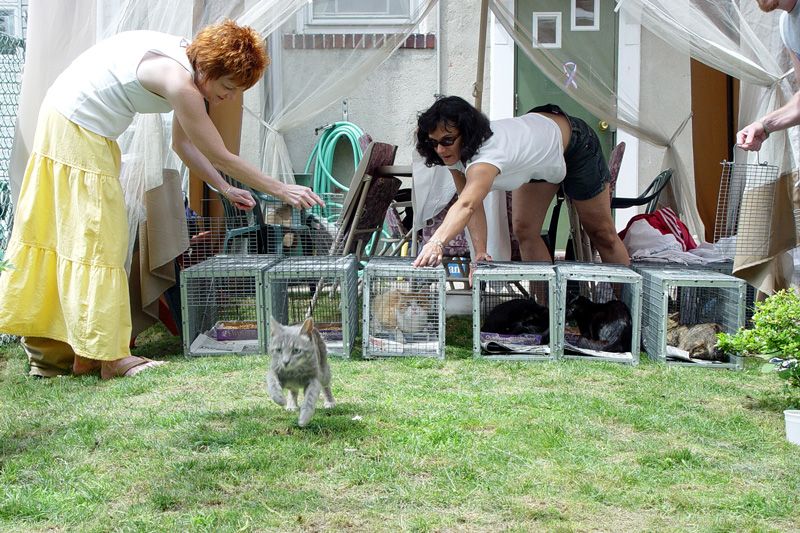
Multiple challenges, multiple benefits
“The issue of community cats is enormous and will require an enormous solution,” says veterinarian Julie Levy, professor of shelter medicine at the University of Florida College of Veterinary Medicine. “And it is complex, so it will require a complex … flexible, multipronged approach. So we can’t be rigid, and we can’t be small if we expect to make a difference in communities.”
Levy has significant experience tracking TNR success and is the lead author of two papers documenting the success of targeted TNR (see Resources). One is a long-term study at the University of Central Florida, where targeted TNR helped to reduce the community cat population on 1,415 acres of campus property from 155 in 1991 to a recent count of just 11.
In a second case, which Levy dubs “the ZIP code project,” researchers analyzed where the cats entering a shelter near the University of Florida in Alachua County were coming from to determine a geographic boundary for their efforts. They selected a high-intake ZIP code, close to the university, that contained a mixture of residential and business properties and residents of diverse socioeconomic status.
The group members set a goal of altering 2,000 cats over two years, which they estimated to be a little more than half of the community cats in the ZIP code. When they looked at the intake trends for both cats and dogs (although efforts focused on cats) for five years before the project and during the two years of the project, “We found that cat euthanasia in that ZIP code plummeted compared to the rest of the county.” But rather surprisingly, numbers dropped for dogs, as well. Levy believes this was a result of the group’s community engagement, going door-to-door and providing low-cost spay/neuter vouchers for residents who ask about altering their dogs.
Targeted TNR and programs like Pets for Life are the future of community-based animal sheltering, says Bays. While a drop in shelter intake doesn’t directly indicate a decline in outdoor cat populations (see “Measuring Success,” below), it does indicate success in serving the needs of the community beyond the shelter walls. Data that shows drops in shelter intake and euthanasia “is great for assessing the initial impact of a program while population data trends need more time to emerge,” she adds, and can help garner additional support to keep a TNR program growing.
Levy adds that all animals in a shelter service area receive a “happy benefit” from TNR because getting cat issues under control frees up financial and staffing resources. For example, staff no longer overwhelmed with high cat intakes can provide more enrichment for the animals in their care and provide better customer service for the public.
Little agrees. “We get so much more bang for the buck with our resources. Targeting helps in a multitude of ways. It will help you get funding for more projects … because you’ll be able to demonstrate success.




